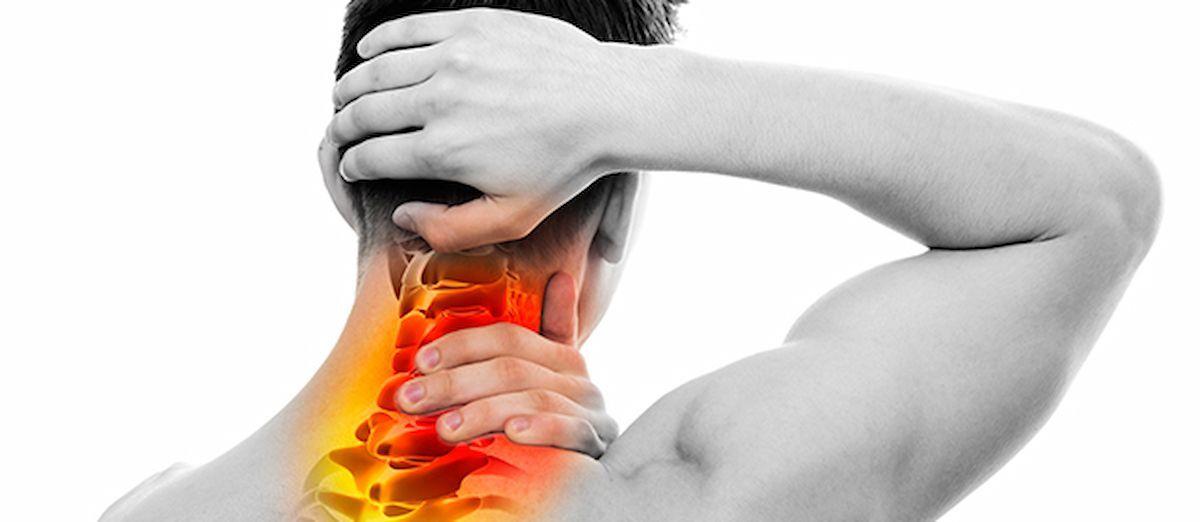Tele-Cognitive Therapy May Improve Body Image Distress in Head and Neck Cancer Survivors
Findings from a randomized clinical trial suggest that tele-cognitive behavioral therapy may help reduce body image distress among survivors of head and neck cancer.
The use of tele-cognitive behavioral therapy demonstrated clinically meaningful improvements in body image distress related to head and neck cancer survivors, yielding high clinical response rates, according to findings from a study using Building a Renewed ImaGe after Head and neck cancer Treatment (BRIGHT; NCT03831100) sessions.
“Collectively, these promising preliminary data support conducting a large multisite efficacy trial to establish BRIGHT as the first evidence-based treatment for head and neck cancer survivors with [body image distress],” according to the study authors.

Compared with attention control consisting of dose- and delivery-matched survivorship education, BRIGHT decreased body image distress related to head anc neck cancer from baseline to 1 month after intervention by a mean model-based difference of –7.9 points (90% CI, –15.9-0.0; P = .10). At 3 months postintervention, BRIGHT decreased body image distress scores from baseline by ––17.1 points relative to attention control (90% CI, –25.6 to –8.6; P = .002), which investigators reported as clinically significant and corresponding to a large effect size (Cohen d, –0.9; 90% CI, –1.4 to –0.4).
The parallel group, pilot, randomized clinical trial included adult survivors of head and neck cancer with body image distress who were recruited between August 13, 2020, and December 9, 2021. Investigators randomly assigned survivors 1:1 to receive BRIGHT or attention control survivorship education.
The manualized, theory-based BRIGHT was a brief tele-cognitive behavioral therapy consisting of 5 weekly 60-minute sessions that included topics like psychoeducation about the cognitive model of body image; self-monitoring about thoughts, feelings, and body image behaviors; and positive body image coping strategies.
Attention control consisted of a series of educational videos addressing non-body image aspects of head and neck cancer survivorship including physical treatment toxic effects, the psychosocial effects of head and neck cancer, and financial toxicity.
Investigators assessed changes in body image distress related to head and neck cancer using Inventory to Measure and Assess imaGe disturbance-Head and Neck (IMAGE-HN), a patient-reported outcome including a score range of 0 to 84, with higher scores indicating worse body image distress. Investigators measured clinical response rate, defined as the proportion of patients with a clinically meaningful change in IMAGE-HN measures. The severity of cancer-related body image distress was calculated through measures on the body image scale including a range of 0 to 30, with higher scores representing worse body image distress.
Investigators enrolled a total of 44 head and neck cancer survivors, with 20 receiving BRIGHT and 24 receiving attention control. The median patient age was 63 years (range, 41-80). Most patients in the overall population were female (61%), had an oral cavity subsite (50%), stage III or IV disease (61%) and received adjuvant chemoradiation (61%).
Based on responses to open-ended questions, head and neck cancer survivors rated the acceptability of BRIGHT highly, with all patient measures yielding a mean rating of at least 4.5 of 5. Additionally, 95% who received BRIGHT were likely or highly likely to recommend the sessions to other head and neck cancer survivors with body image distress.
In terms of cancer-related body image distress, the mean change from baseline in body image scale scores was –2.1 points (90% CI, –5.0-0.9; P = .25) for those receiving BRIGHT relative to attention control, which the investigators determined to be not statistically significant. At 3 months postintervention, the mean difference in change from baseline in body image scale scores was –5.8 points (90% CI, –9.1 to –2.5; P = .006) with BRIGHT compared with attention control. Improvements from baseline for BRIGHT relative to attention control were clinically significant and corresponded with a large effect size (Cohen d, –0.9; 90% CI, –1.4 to –0.4).
At 3 months postintervention, patients receiving BRIGHT had 6.6-fold increase (90% CI, 2.0-21.8; P = .09) in the odds of clinical response as indicated by a decrease in IMAGE-HN scores of at least 9 points relative to those receiving attention control.
“Collectively, these promising preliminary data support conducting a large multisite efficacy trial to establish BRIGHT as the first evidence-based treatment for head and neck cancer survivors with [body image distress],” the study authors concluded.
Reference
Graboyes EM, Maurer S, Balliet W, et al. Efficacy of a brief tele–cognitive behavioral treatment vs attention control for head and neck cancer survivors with body image distress: a pilot randomized clinical trial. JAMA Otolaryngol Head Neck Surg. 2023;149(1):54-62. doi:10.1001/jamaoto.2022.3700
How Supportive Care Methods Can Improve Oncology Outcomes
Experts discussed supportive care and why it should be integrated into standard oncology care.